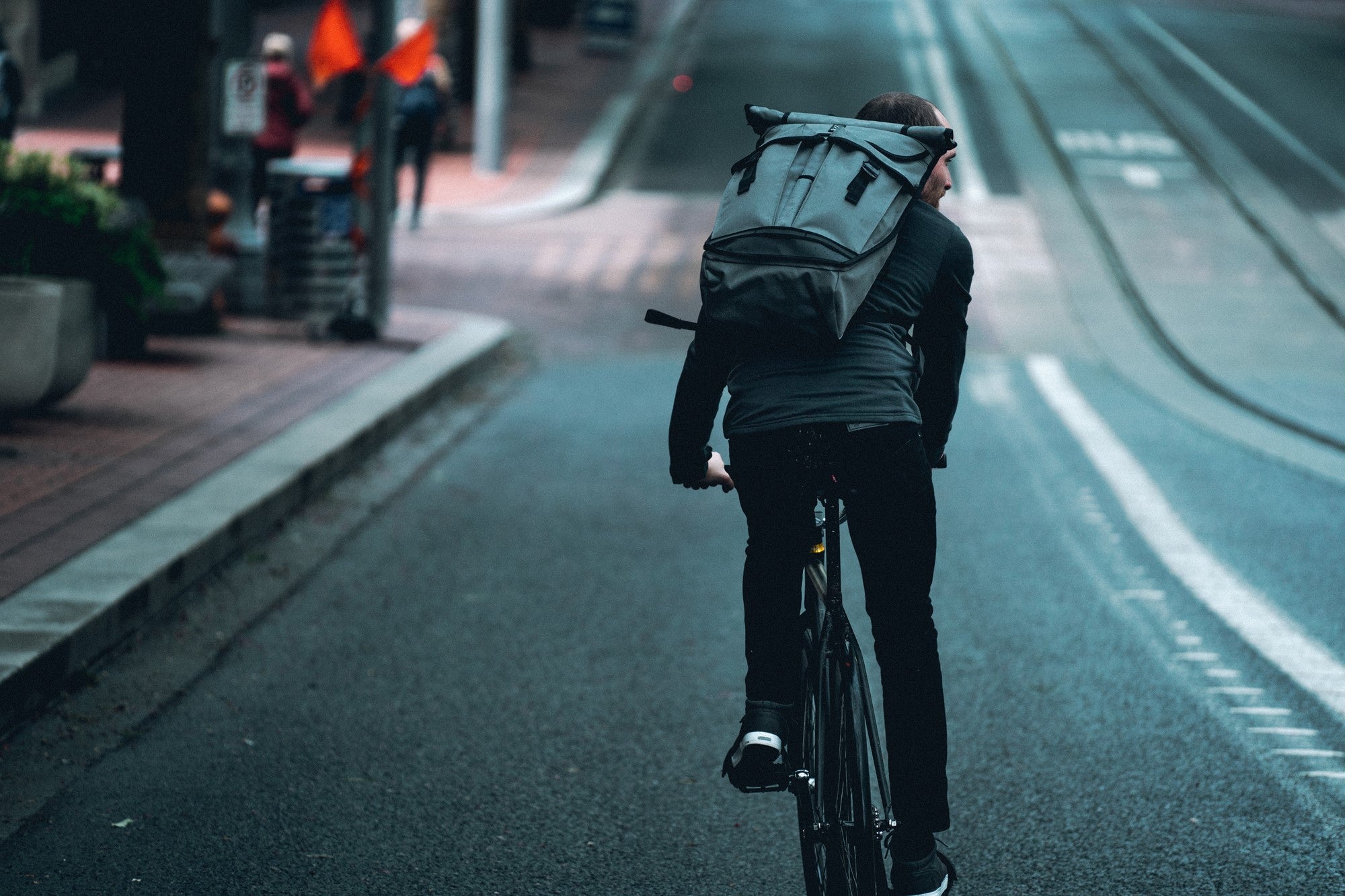
How to Start Commuting by Bike
Whether you’re looking to save on gas, save the environment, or even just save yourself a trip to the gym, commuting by bike is the way to go. And believe it or not, commuting by bike can be a year-round activity.
Bike Commuting Tips
If your commute is short, you can easily get away using limited gear. For a longer commute, you will definitely want to prepare. Long or short, in this article, we will walk you through our bike commuting tips that will make sure your first commute is a success.
1. Start Planning Your Bike Commute
The first step is to plan your commute. Some commutes are a straight shot on a newly paved road with a protected bike lane. Other commuters will involve more back roads or even trails. Still, other commutes will be interrupted with a brief stint on public transit. On top of that uncertainty, you cannot always rely on Google maps to give you the most reliable cycling route. While Google Maps does have a cycling route option, it fails to take into account the number of stop signs and lights on a cycling route as well as road shoulder size and other factors only recognizable by the human cyclist. The only way you can truly prepare your route is by taking one of your days off to ride through the area and scout out the best roads for yourself. You know best what kind of roads you’re most comfortable riding on, so you should be the one to handpick your route.
2. Decide Which Bike Best Suits Your Needs
If you’re planning on commuting by bike, you’ll want a good bike. Commuting on your twenty-year-old, steel-frame bicycle just isn’t quite the same as riding a well-oiled machine. While you certainly get speed with a racing road bike you will be sacrificing your comfort. If you choose to wear a backpack (see “Bag” below), your posture on a racing bike can really make things uncomfortable. On a more upright commuter bike, you won’t experience these problems.
When I first started commuting, I owned one of those twenty-year-old, steel-frame bicycles. After a few weeks of needing to walk my bike up hills I made the life-changing decision to purchase a road bike. My commute was never the same. My speed was no longer absorbed into rusty gears and bearings and I could ride up an entire hill. Not to mention my new bike weighed half of my original and I could carry it on and off the train with minimal effort.
However, many commuters choose to ride bikes built for their ergonomics rather than speed. On a hybrid bicycle you sit more upright and the seat is generally more cushioned. Modern hybrid bicycles are lighter than they used to be, but still heavier than a road bike. Similarly, while sitting upright is generally more comfortable, you also essentially become a sail and are less able to gain speed.
In the past couple of years, gravel bikes have started making a comeback. These bikes give you the road-bike feel with the safety of a hybrid or commuter bicycle. If the roads on your route are truly awful, this is the way to go. With wider tires, you need not worry so much about the ground you’re riding over. And with a frame resembling that of a road bike you can ride long distances efficiently.
Most importantly: choose a bike that you will love. Remember that you aren’t just a bike commuter, you’re a cyclist now. You can take your bike on long touring rides, races, or even trail rides.
3. Pick Bike Tires You Can Rely On
Your choice of tire is critical. If you plan to take back roads on your commute and are fine changing or patching up tubes once a week, then by any means skip this section. I spent more money on tubes and patches last summer than I would like to admit. That is until I purchased some Gator Hardshell tires from Continental. These tires - and there are many others like them - have an extra stiff padding on them that, from my experience, are nearly puncture proof. On the downside they do decrease your traction, particularly on wet roads. Keep that in mind for year-round commuting and be sure to keep a pair of winter tires on hand...or in your garage.
4. Choose a Bag That Carries Everything You Need
While more new businesses are tending to have on-site showers for employee use, not everywhere will let you have a closet full of work clothes and free range of their laundry services (if that exists). More than likely you will be carrying a sizable bag with clothes and other items each day. That is why you need to be careful about which bag you choose to commute with. Below are the pros and cons that I and others have found with various bags while commuting by bike.
|
Type |
Pros |
Cons |
|
Backpack |
Easy on and off Familiar (read: you probably already have one) |
Sweaty back High center of gravity Weight on shoulders |
|
Messenger bag |
Don’t have to remove to access contents Less back-to-bag contact Lower center of gravity |
Uneven load on your back Unfamiliar shoulder strap |
|
Panniers |
Off your back Lowest center of gravity |
Heavier Requires a rack on your bicycle |
|
Rack trunk |
Built for commuting Off your back Often insulated |
Requires a rack on your bicycle |
If you’re a minimalist, or you are able to leave all your personal effects at work, a saddle bag could even do the job. More than likely, however, your choice of bag should fall in the category of either a slim, sturdy, travel backpack or an indestructible messenger bag. These kinds of bags are convenient and versatile. If your commute takes you to the doors of your office, a backpack or messenger bag comes with you as you dismount. If your commute involves public transit, a backpack or messenger fits nicely on your lap or under your seat. In addition to convenience, messenger bags were made specifically with cyclists in mind. You may be surprised to find how well a messenger bag works for you.
5. Wear Comfortable Bike Commuting Clothes
Biking can be an all-season sport, and commuting by bike just as well be an all-season activity. However, as many commuters choose to begin doing so in the summer, it seems appropriate to talk about what bike commuting clothes to wear during summer.. A pair of well-padded biking shorts and a breathable shirt or bike jersey are critical for comfortable summer riding.
It can be uncomfortable, however, to wear that streamlined bike outfit on the bus or train if your commute includes all that. Lucky for us all, Chrome Industries has an entire line of commuter wear that functions just like racing wear, but looks much more normal so you can walk comfortably into the office without anyone thinking you just raced a century ride.
Many commuters find that they’re able to commute in their work clothes just fine. This is especially true during the beautiful spring and autumn months. And, as long as you layer up, you can just as easily commute in your work clothes. A good windbreaker can make all the difference during colder windy days, and a pair of waterproof pants can save you a lot of embarrassment on the rainy days. If your weather is unpredictable like it is just about everywhere, however, planning your outfit for rainy days can be tricky. A quick solution would be to invest in a bicycle fender that will attach to your seatpost and significantly reduce the amount of water that makes it from the wet ground to your rear. Fenders, available for both your front and back tires, can be easily attached and removed as needed, giving you more flexibility in the outfit you choose.
6. Choose the Right Bike Shoe
When considering what the best commuter bike shoes are, there are many options. With lots of options comes lots of terminology. Here are the critical terms you’ll want to know:
- Clip pedals - old fashioned pedals with toe straps to keep your feet in the pedals
- Clipless - a shoe and pedal system where the shoes clip (I know, right?) into the pedal by way of cleats
- Cleats - an attachment bought separately from the shoes that bind the shoes and pedals
Clipless pedals are the standard today for road and mountain bikes. With your feet locked to the pedals, you are able to not only push down on the pedals but also pull up on them for an increase in the power transferred from your legs to the wheels. Essentially you can ride faster and hit hills harder. Riding clipless requires more gear and takes some getting used to but is certainly worth it.
Clips are generally found on fixed-gear bicycles (fixies) and older road bikes. The advantage of clips to clipless is your ability to wear any shoe you like while still having your feet fastened to the pedals. Likewise, they are easier to get used to as you can simply slip your feet in and out of the clips rather than the unfamiliar twisting motion with clipless. The way your feet are strapped in does result in more power transfer when compared to flat pedals but less power when compared to clipless pedals.
To many riders the thought of having your feet secured in the pedals with nowhere to go is terrifying, which is why flat pedals still exist. These pedals come standard with just about any bike and are ideal if you plan to commute in your work clothes as they are compatible with any shoe and will not scuff them up.
If you are asking yourself if there is somehow a combo of the all the above options, the answer is: sort of. Clipless mountain bike pedals function just like clipless road pedals but frequently sport a wide platform similar to flat pedals. This means you can choose, depending on the day or your mood, to wear the clipless shoes, your tennis shoes, or your work shoes. Likewise, particularly with SPD clipless bicycle pedals, the cleats are more recessed in the shoe which makes walking around in them a lot less awkward. They are, however, heavier than clipless road pedals and do have some minuscule power loss between your leg and the pedal.
Benefits of Bike Commuting
The amazing thing about bikes is how customizable they are. If one setup works well during the winter months but causes anguish during the sweltering summer months, a quick reconfiguration of your bicycle during the transition months can save your passion for riding and desire to commute by bike.
You can save up to thousands of dollars a year on other commuting expenses by taking your bike instead of driving. When you make the choice to commute by bike, you are also reducing your carbon footprint. Without getting into the nitty gritty of where your food comes from, your bike is the only true zero-emissions vehicle. Even electric vehicles have to get their electricity from somewhere - and if you’re in the US, it’s most likely coming from coal or gas. Your breakfast is the only fuel you need for a successful bike commute. And hopefully, as you bike, you can inspire others to bike to work and, little by little, clean up the air.
Start Commuting By Bike With Gear.com
Whether you’re needing new bike equipment or looking to upgrade, gear.com has got you covered with everything you need for your bike commute. Shop our hand-curated biking gear.




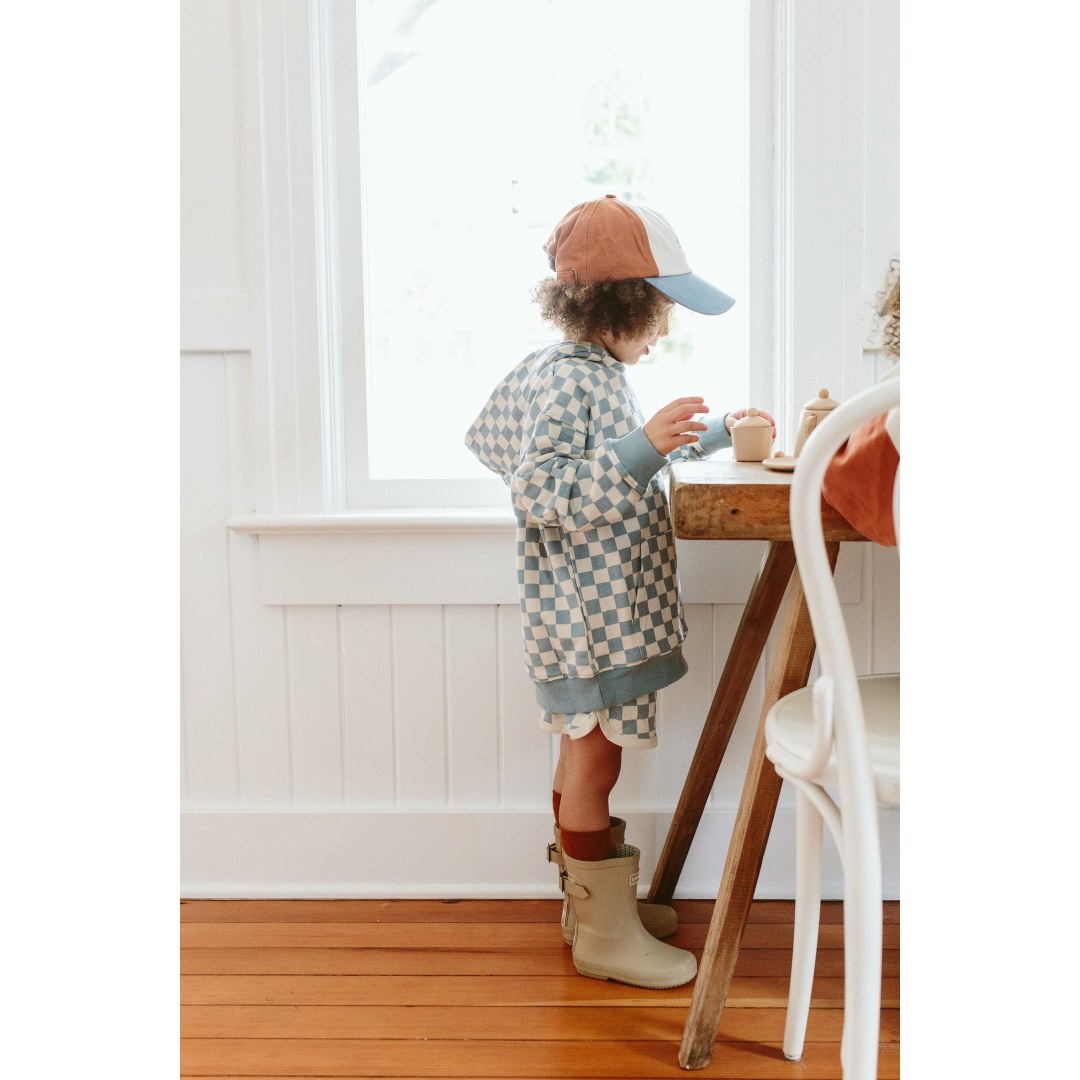
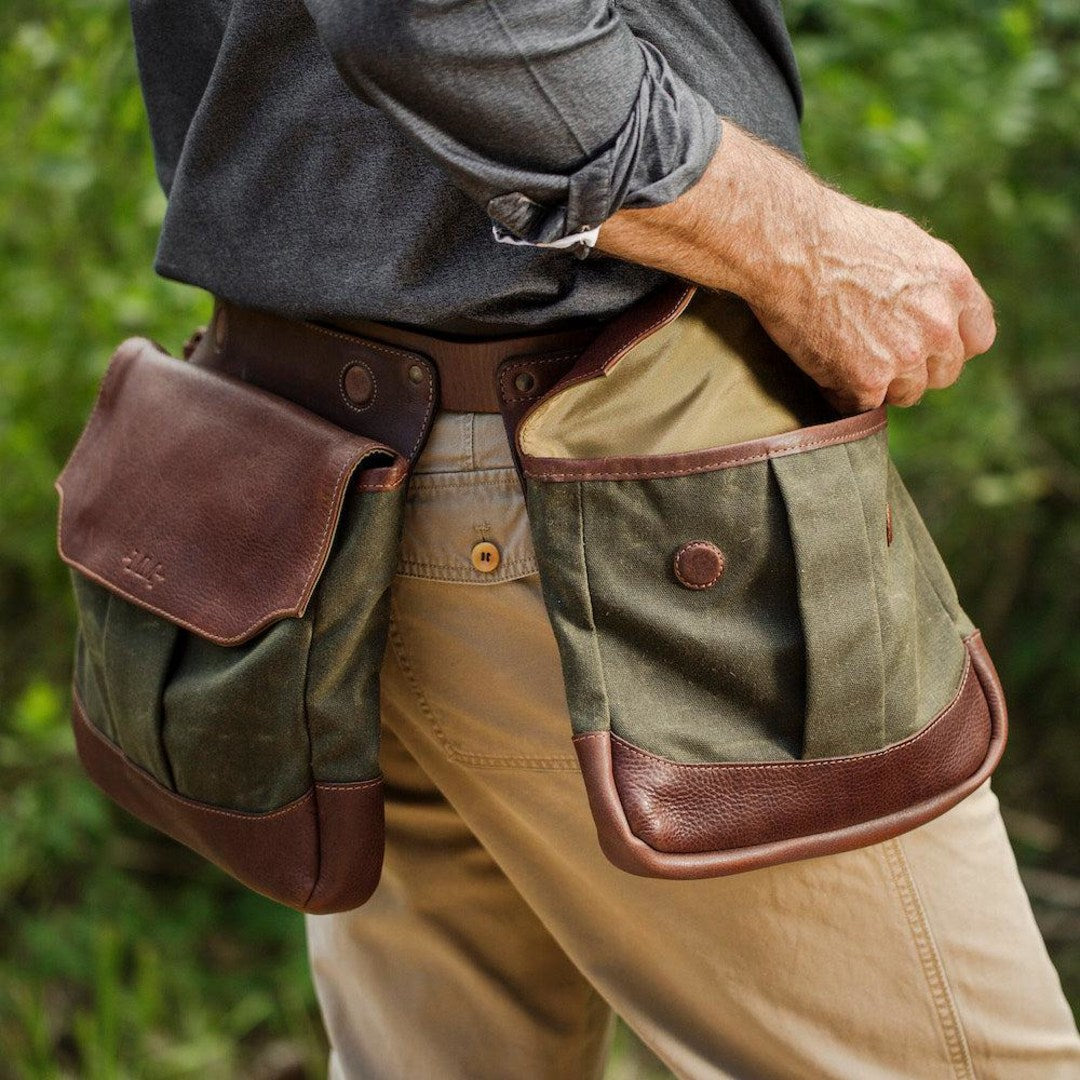
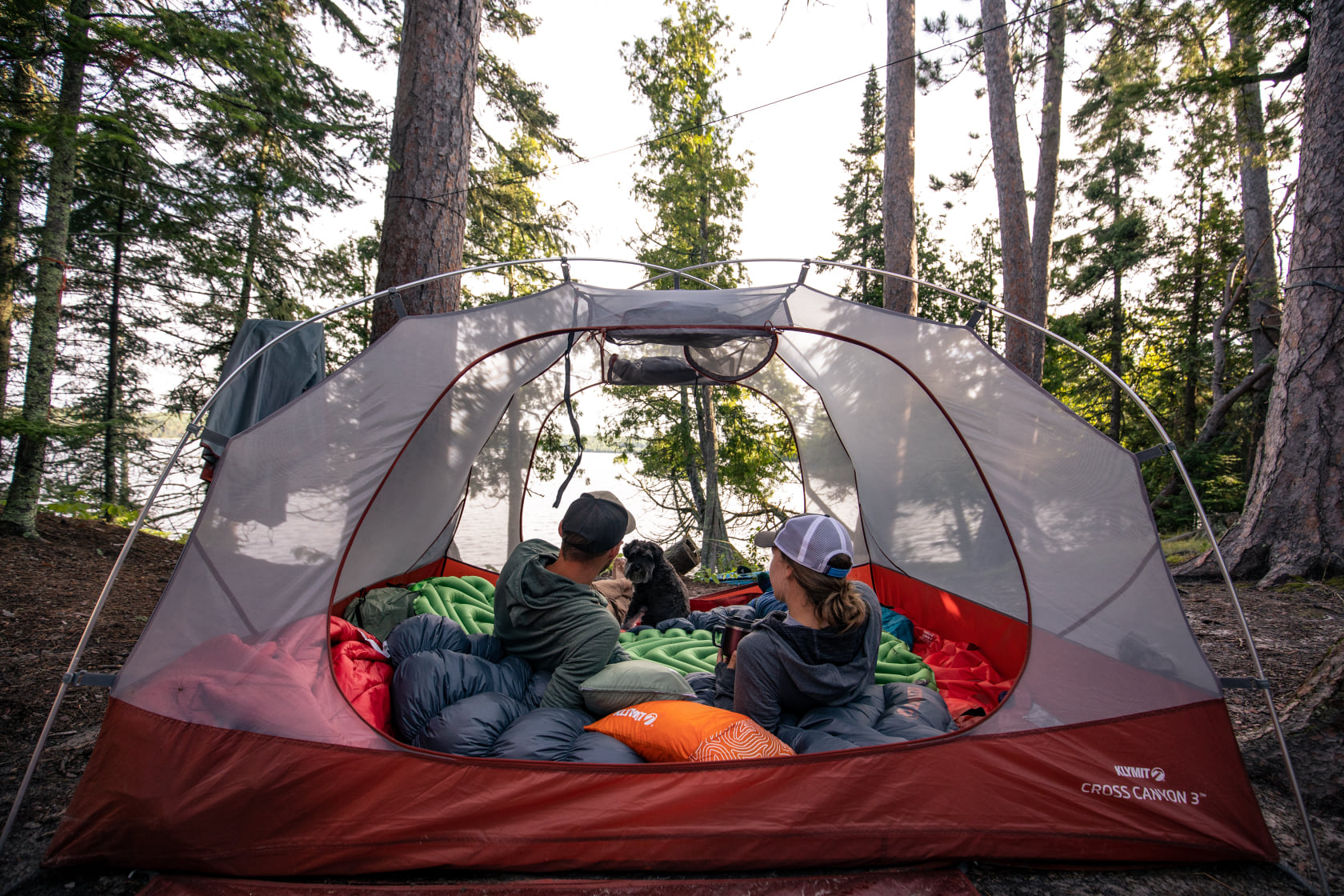

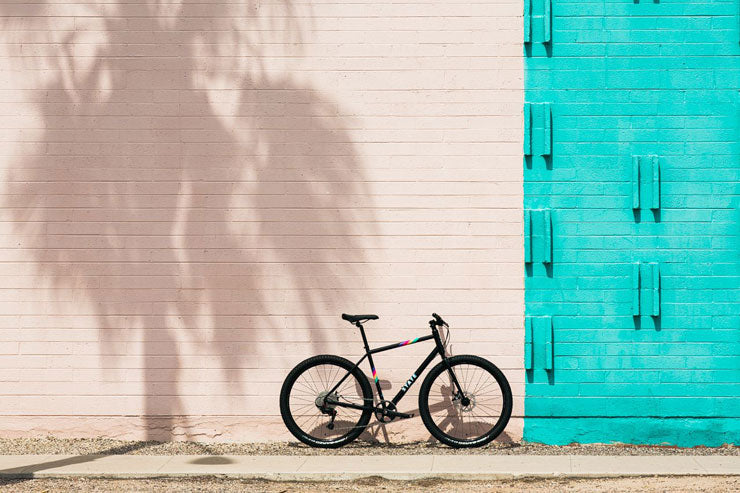



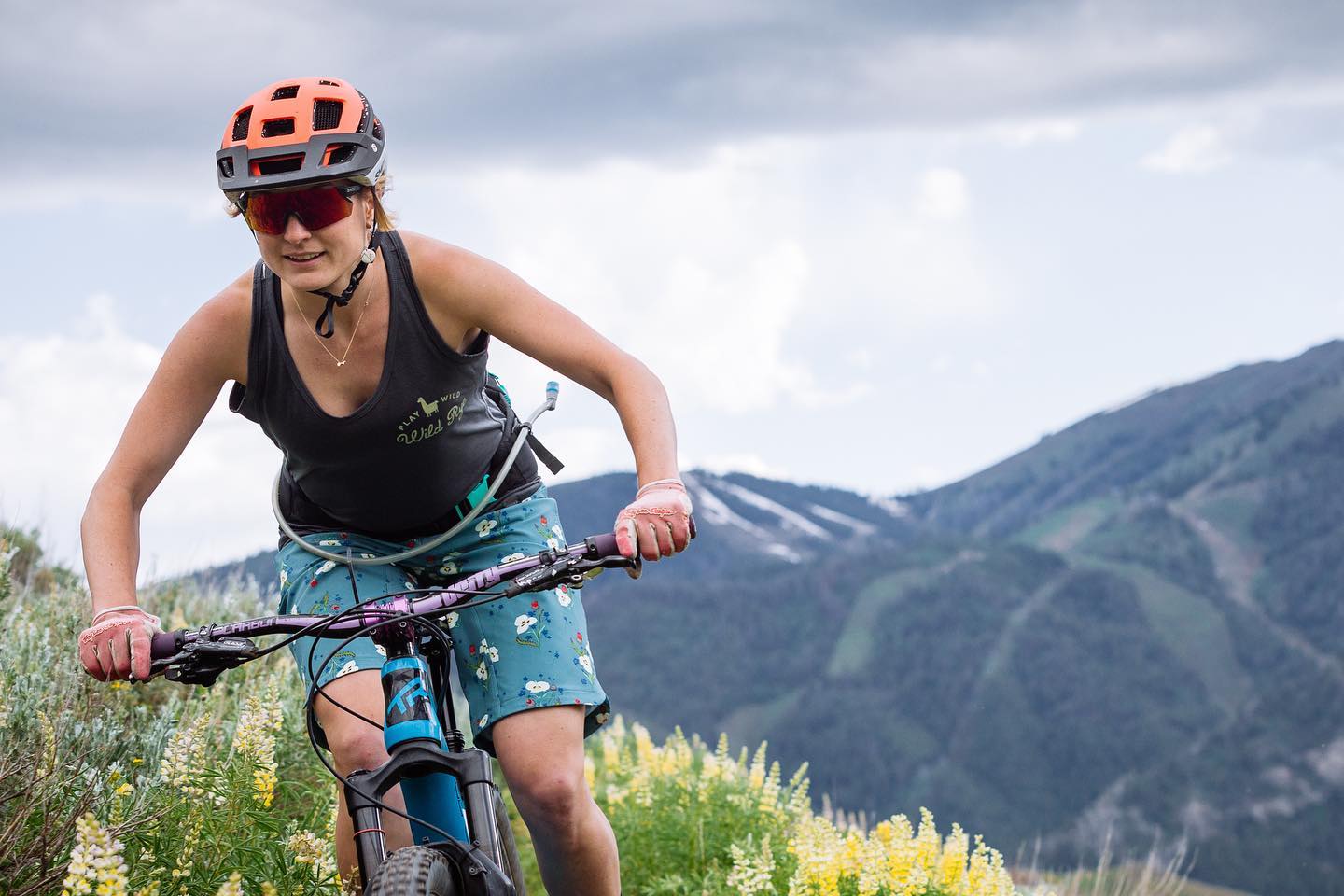
Leave a comment
This site is protected by hCaptcha and the hCaptcha Privacy Policy and Terms of Service apply.